 From Auckland, as you look across the Firth of Thames, you see a dramatic skyline of extinct volcanoes on the Coromandel Range. They’re worth a closer look.
From Auckland, as you look across the Firth of Thames, you see a dramatic skyline of extinct volcanoes on the Coromandel Range. They’re worth a closer look.
The Coromandel Forest Park sprawls over these ancient eroded landforms on the beautiful Coromandel Peninsula, only 1½ hours drive from the ‘City of Sails’. Luxuriant rainforest covers much of the Peninsula, which is fringed with a necklace of golden sand beaches.
The park extends from the rugged heights of Mt Moehau, which rises straight out of the sea, southwards to the deep cutting of the Karangahake Gorge. Mt Moehau’s summit (892 metres) is a 3 hour climb from Stony Bay on the eastern coast. It offers the most expansive views of the Hauraki Gulf, extending from the Auckland Skytower to the Poor Knight’s Islands. The highlight of this northern part of the Peninsula is a 3 hour walk around the coast from Stony Bay to Fletcher’s Bay.
The greatest treasures of the Coromandel Forest Park are the small colonies of original Kauri forest that survived the early exploitation. You can find them on the ‘309 Road’, 12 km from Coromandel township and also in the Manaia Sanctuary further south. The Sanctuary has 400 fine specimens including ‘Tane Nui’ the fifth largest kauri in New Zealand.
The most popular area in the park is the Kauaeranga Valley near Thames. One of the best tramps in the park leads to some jagged limestone outcrops called the Pinnacles, which has excellent accommodation in a forest lodge.
Visit one of the Coromandel beaches during your stay. The golden sands of Hahei and nearby Cathedral Cove are not to be missed. At nearby Hot Water Beach you can experience the luxury of your own thermal pool, once you create a sandy hollow to lie in.
The Coromandel is a world away from the bustle of Auckland, with a host of easy walks and tramping tracks, as well as camping sites in the forest and coastal farm parks.
Enjoy this popular peninsula and its spectacular landscapes. Marvel at it’s history, which is written on the land in the form of gold mine tunnels, kauri dams and Maori pa sites.

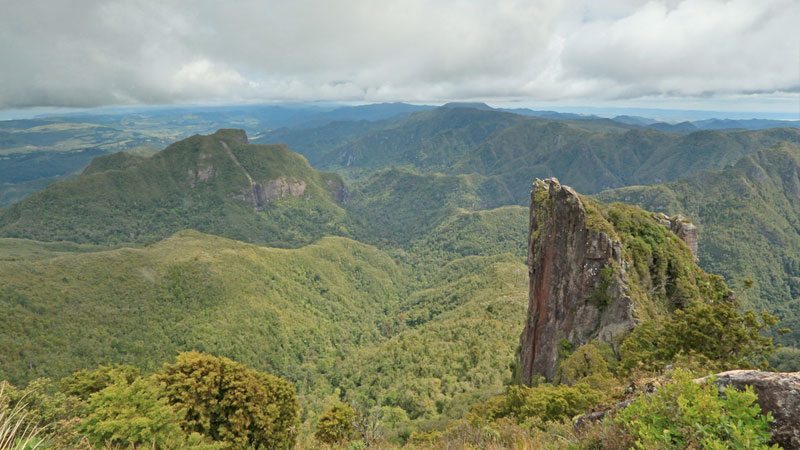
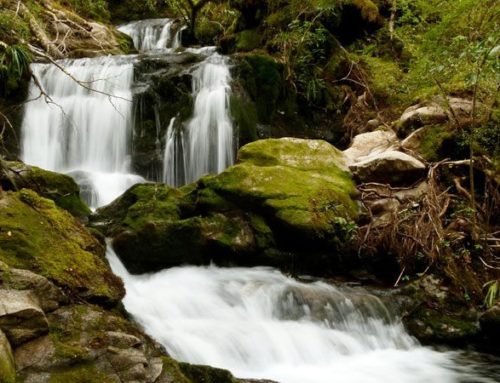
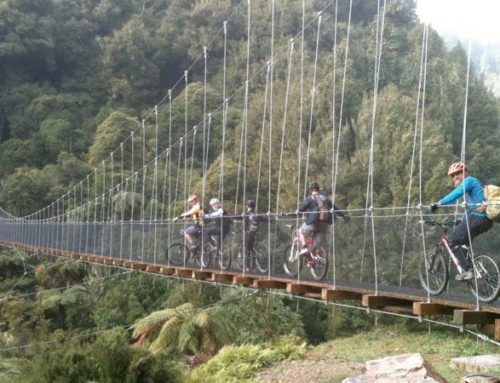
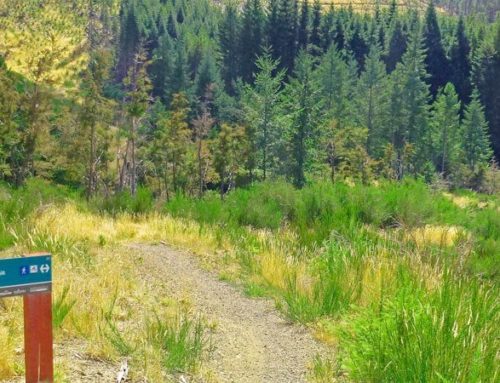
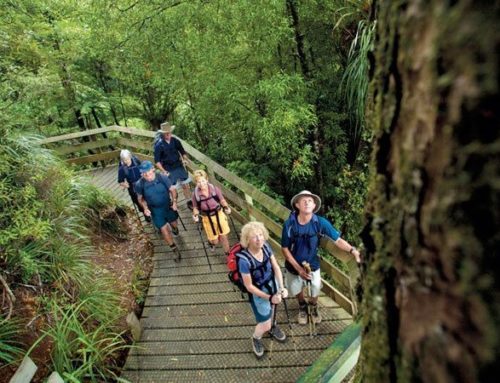
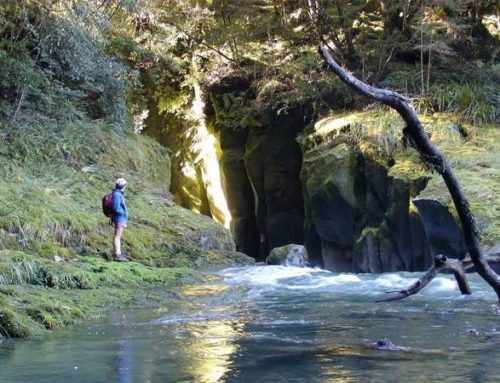
Leave A Comment